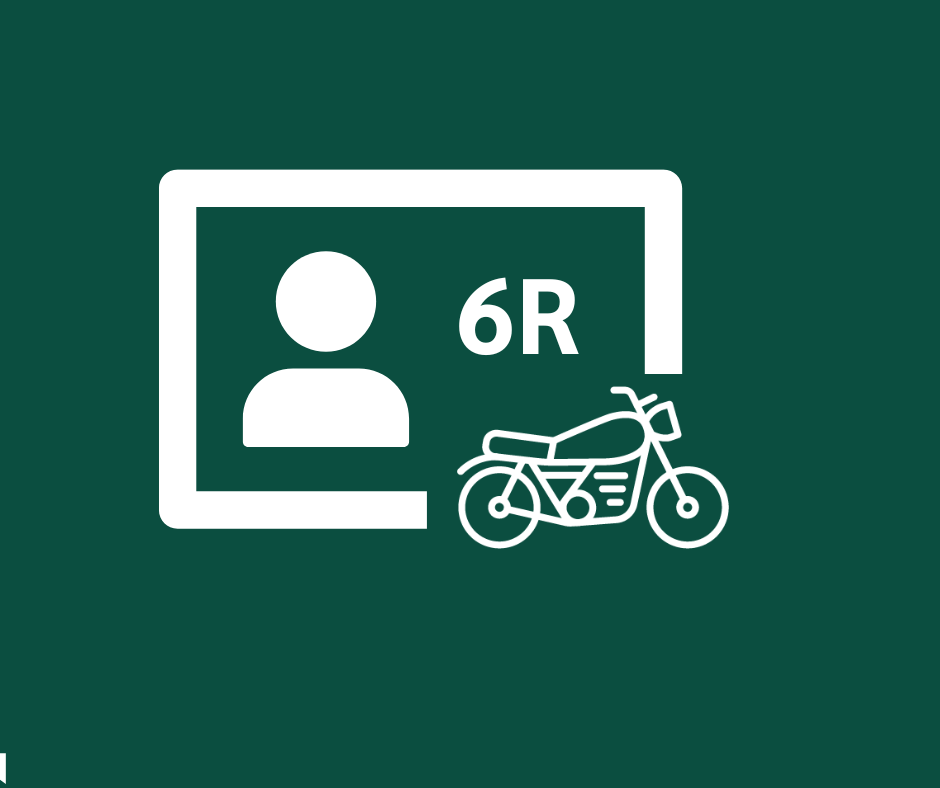4 tips to avoid unpleasant surprises
It’s that time... to purchase a new vehicle. Financially speaking, you may want to consider acquiring a used vehicle, as the car’s prior owner will have already “paid for” most of the vehicle’s depreciation (loss of value). For example, a 3-year old car is often worth no more than half of its original value.
We recommend that you first clearly identify your requirements: will it be a gas, hybrid or electric vehicle? An SUV or a sports car? Don’t make a choice on the basis of something that might come in handy once in a blue moon. Put your everyday needs first - you can always rent a truck if you need to transport large items or a big SUV for that yearly ski trip with friends.
- Prepare a budget. Buying the vehicle is only the first step. You also need to consider what it will cost you to run it: gasoline, maintenance and insurance, all of which can vary greatly from one vehicle to the next. Do your due diligence!
Note that if you purchase a vehicle that is less than 10 years old, you must pay QST on its estimated value , regardless of whether the seller is a dealer or an individual.
- Check out the history of the vehicle and its prior owners. If you buy the vehicle from a dealer, you can find out more about the company by checking with the Office de la protection du consommateur (the Québec Ombudsman) .
You can also check the RDPRM to ensure that the vehicle is free of all liens against it. After purchasing a vehicle, you’re notably responsible for any outstanding debts... Oh, and while you’re at it, why not check the Canadian Police Information Centre to ensure that vehicle isn’t stolen .You can also obtain a vehicle’s history (owners, accidents, etc.) from the SAAQ or by reaching out to private companies such as Carfax .
Most car owners will rack up anywhere from 15,000 to 20,000 km a year on their vehicle. If you’re looking at a vehicle with total kilometrage that is significantly higher or lower than this range, you might want to do some further digging... - Have the vehicle inspected. If the seller refuses to let you inspect the vehicle, something’s likely afoot. You should probably move on, especially if the car in question is no longer covered by a manufacturer’s warranty. Have the inspection done by a mechanic you trust; his report can help you negotiate a reasonable price should the vehicle require any repairs. You can also ask your mechanic what types of problems occur most frequently with the model of car you’re looking at.
- Go for a test drive! If you can, drive the vehicle in different conditions, including in residential sectors and on the highway. Don’t avoid poorly maintained road sections (which shouldn’t be hard to find), as this may be where you’ll really see how well the vehicle holds its own!
So, while the process of buying a used car can seem scary at first, the potential savings usually make it well worth your while!


